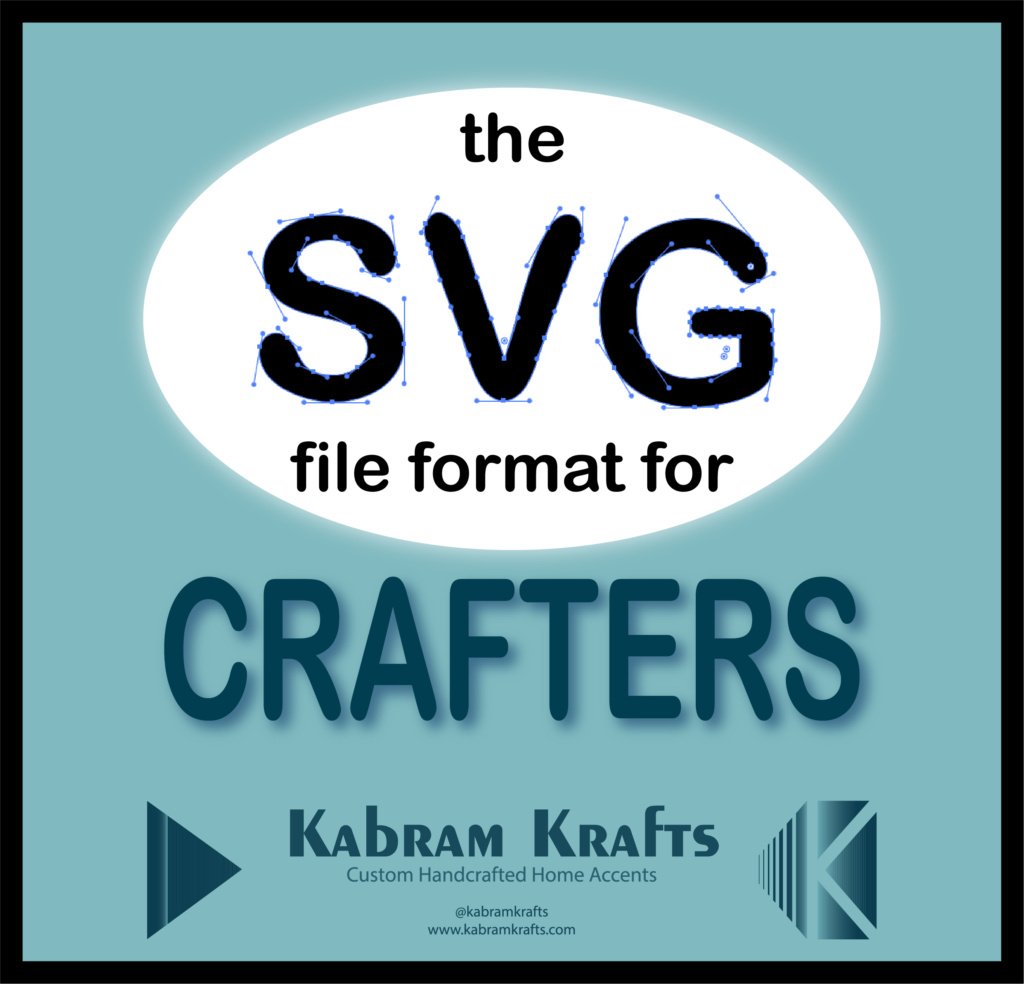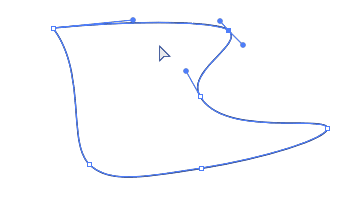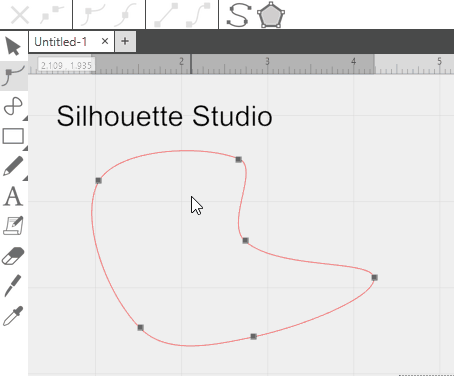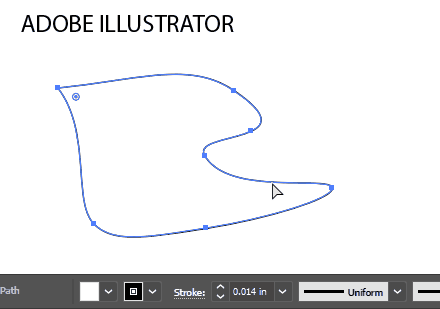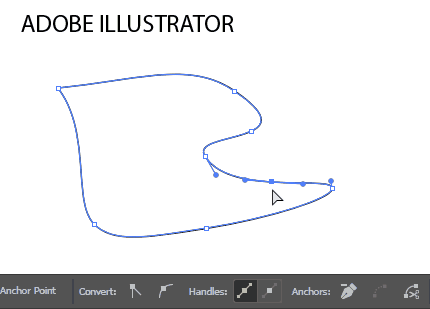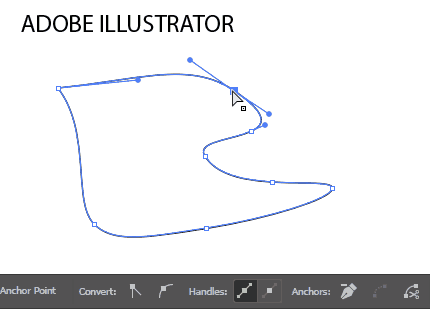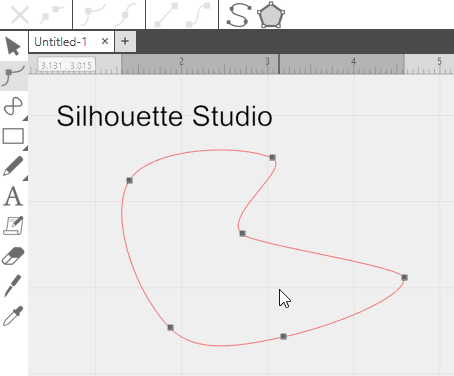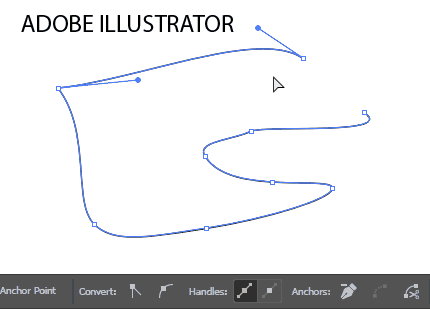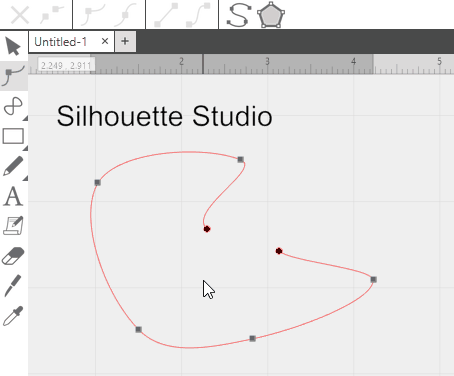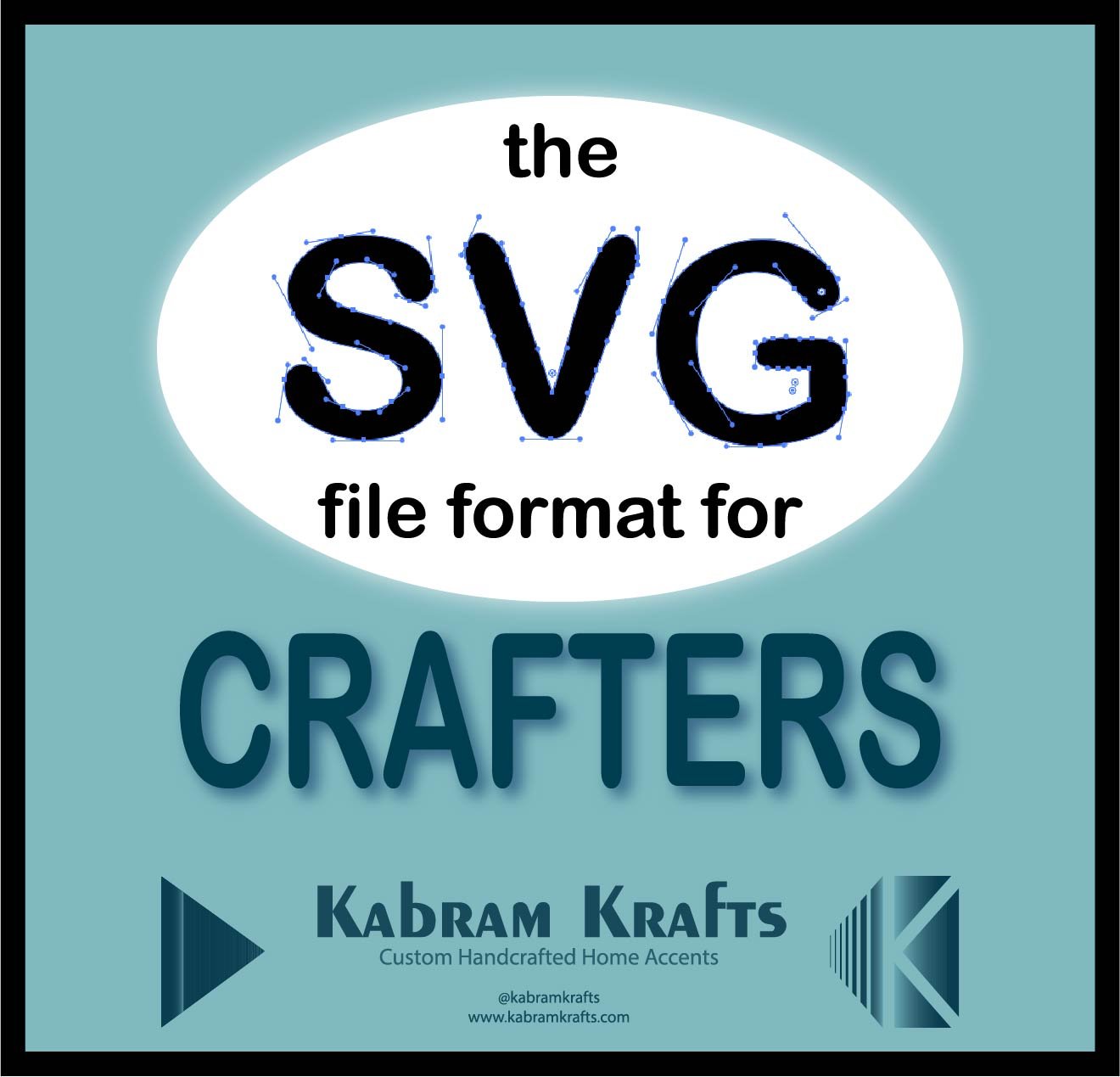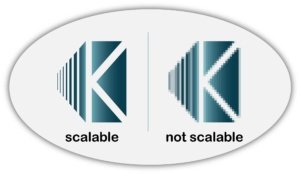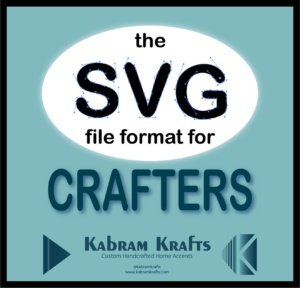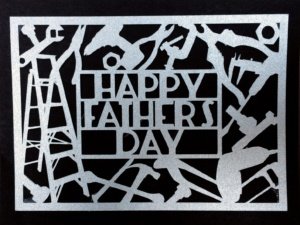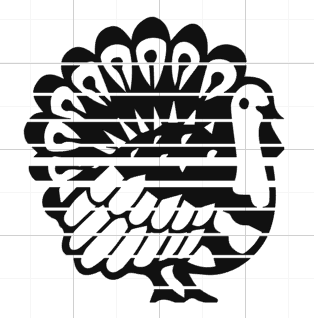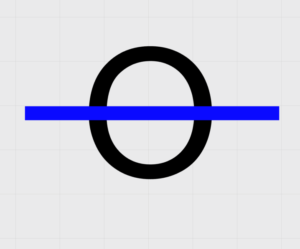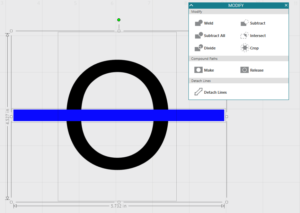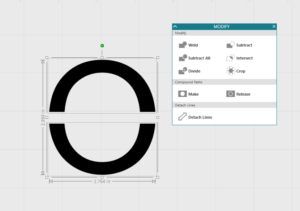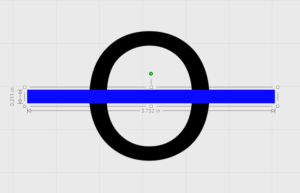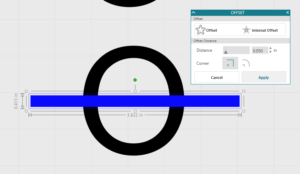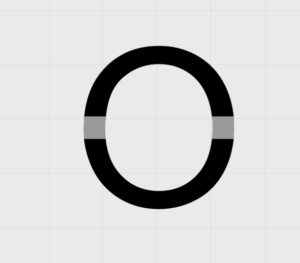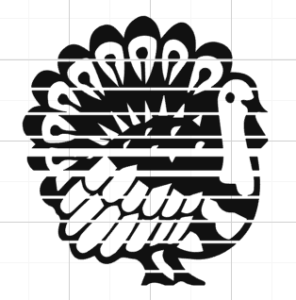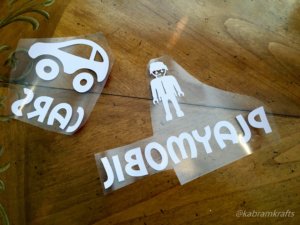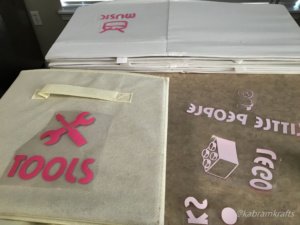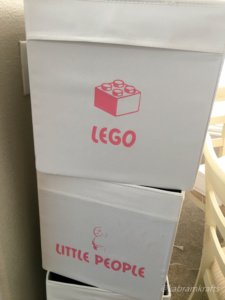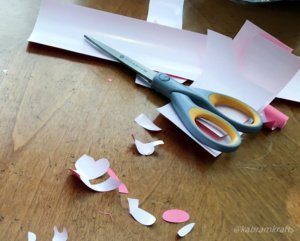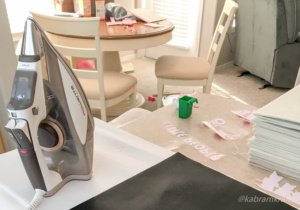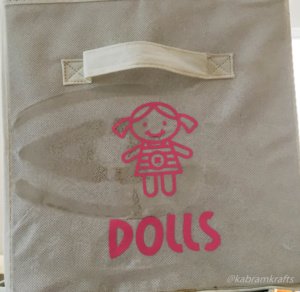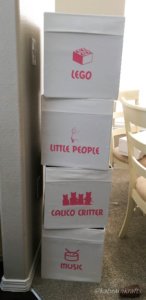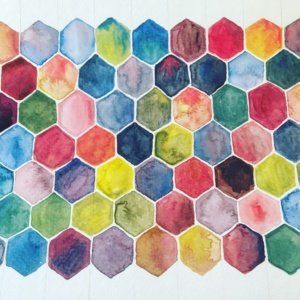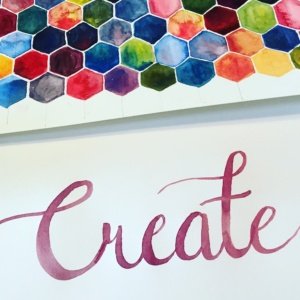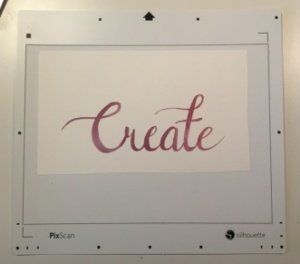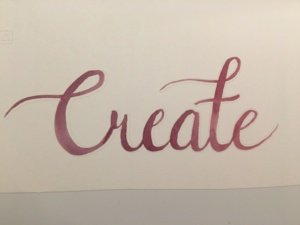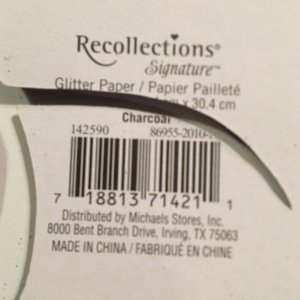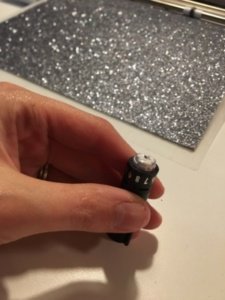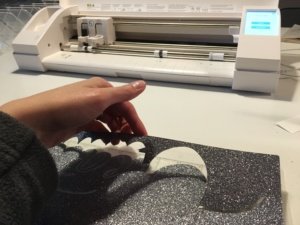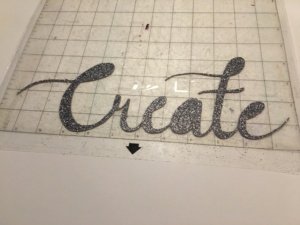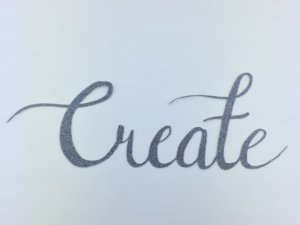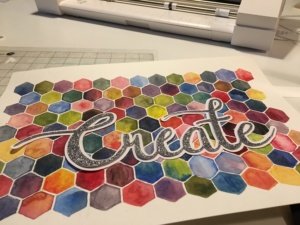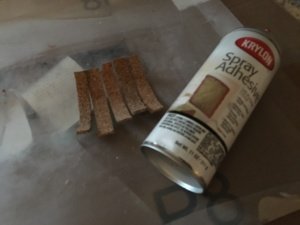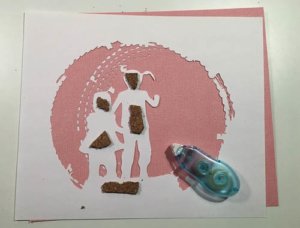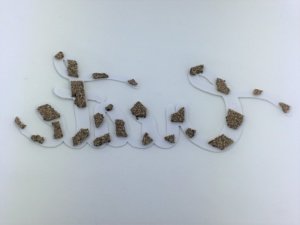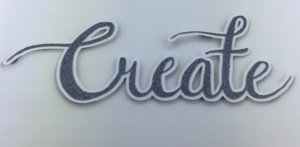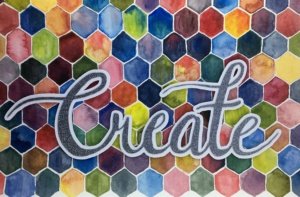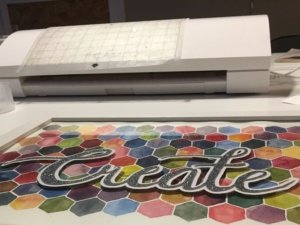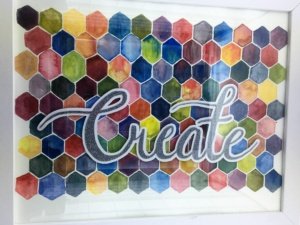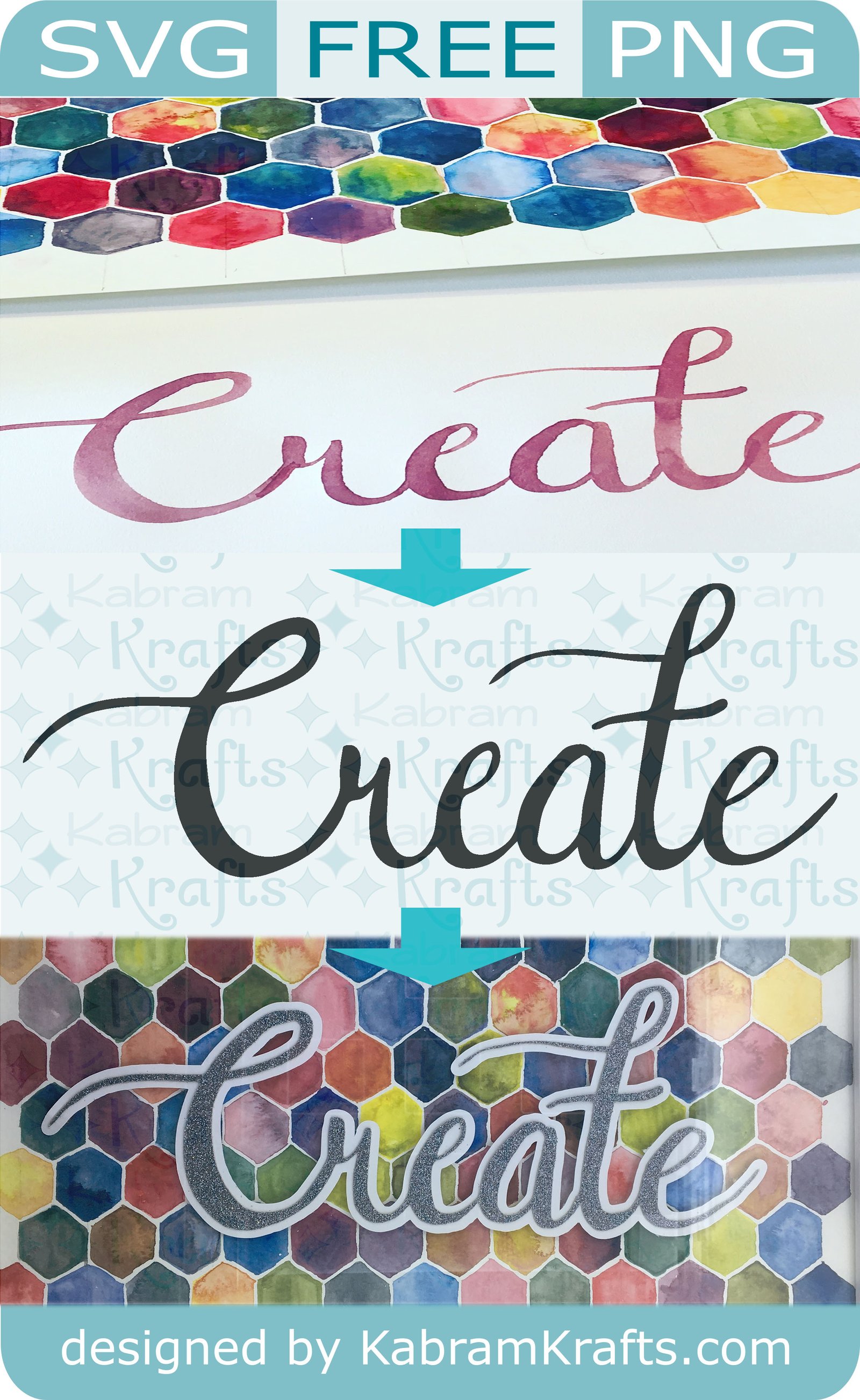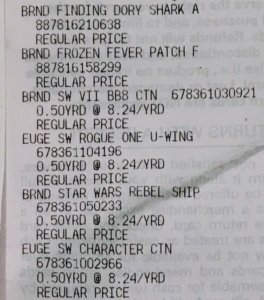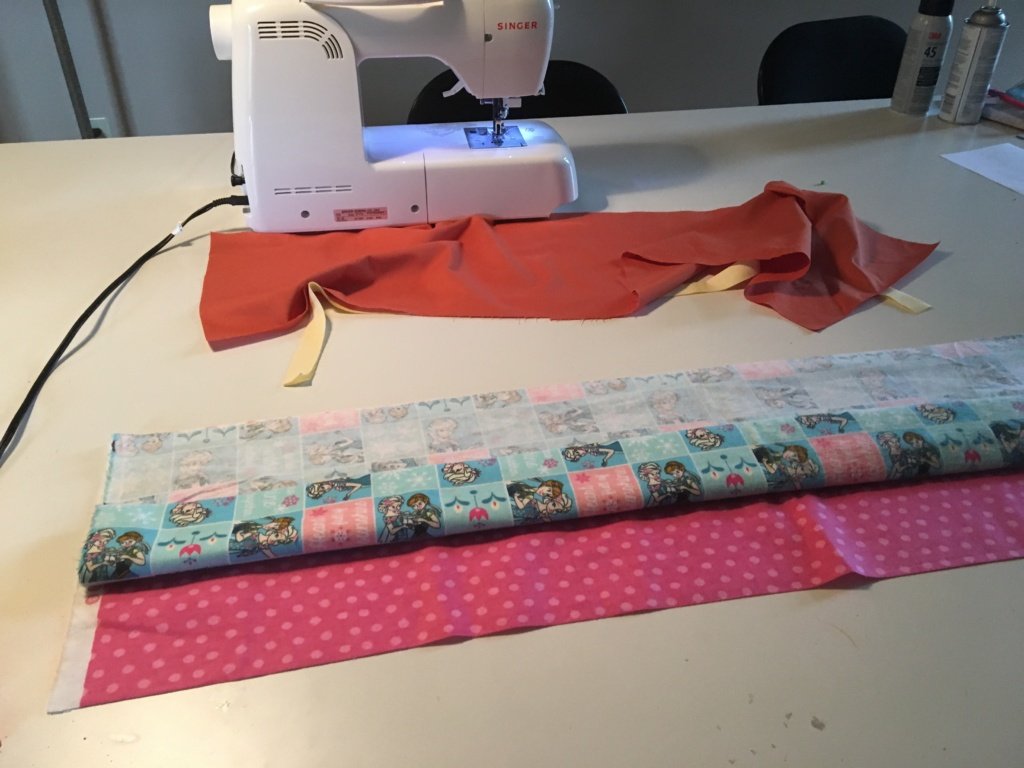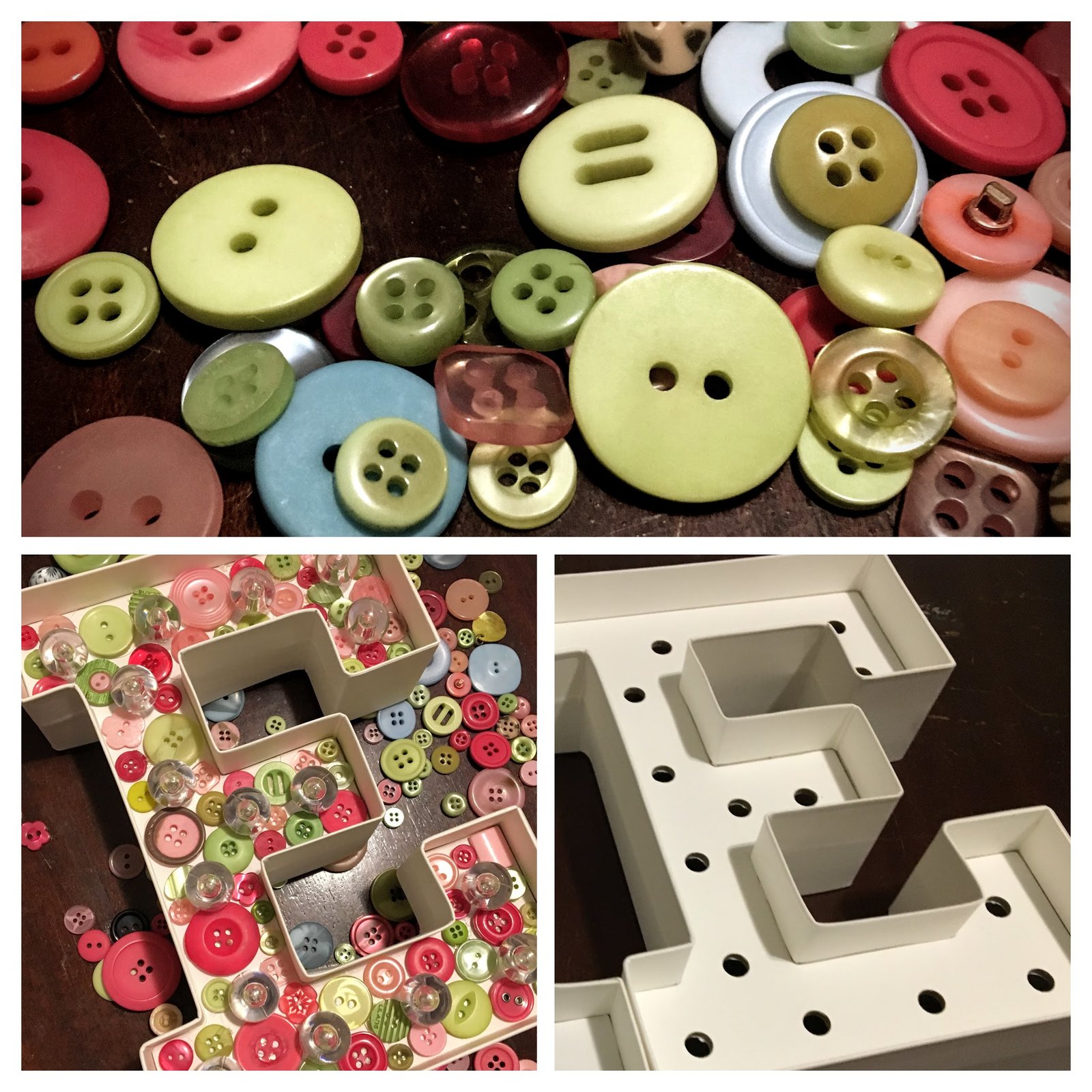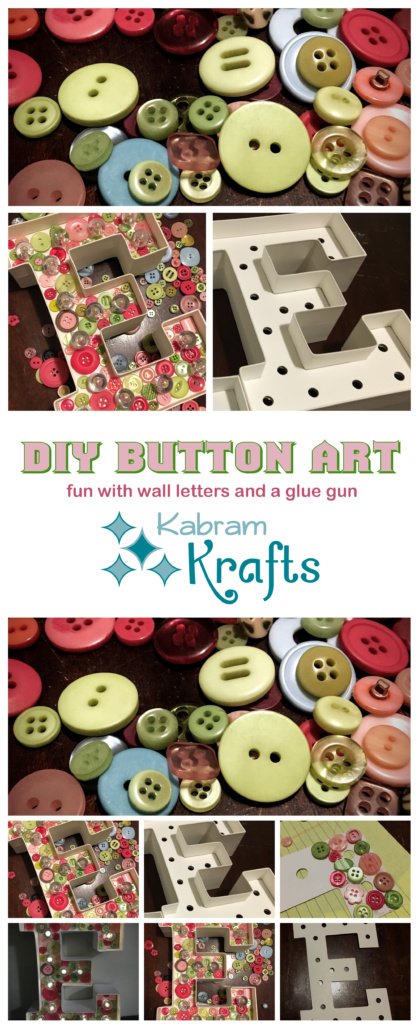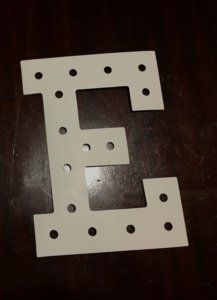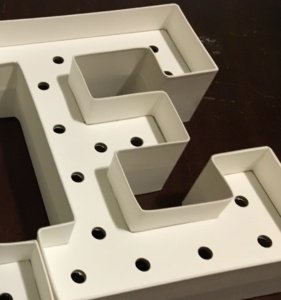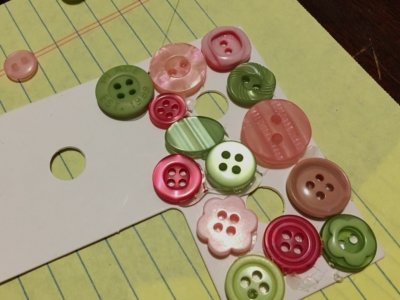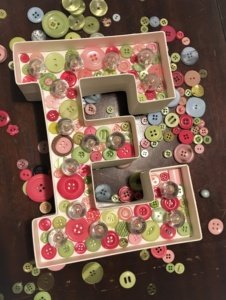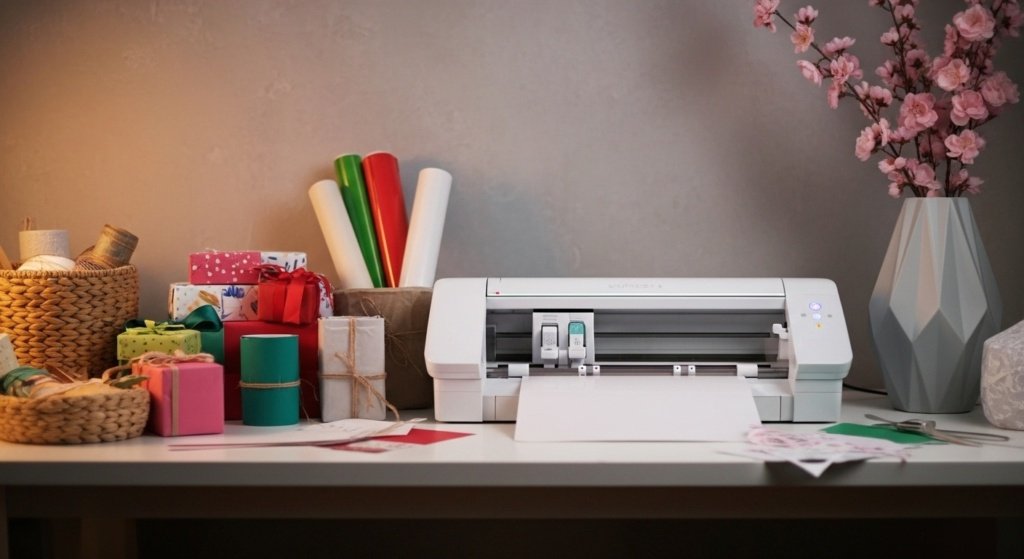
It’s been a little while since my last post — but I’m so excited to be back here on Kabram Krafts!
Over the past year, I’ve been busy experimenting with new laser-cut projects, refining my SVG design process, and dreaming up new ways to spark creativity for you. With the holidays right around the corner, now feels like the perfect time to jump back in.
There’s just something magical about giving handmade gifts — especially ones that feel truly personal. Whether you use a Cricut, Glowforge, or another cutting machine, SVGs make it easy to create thoughtful, one-of-a-kind pieces your friends and family will love.
Today I’m sharing five easy personalized gift ideas that are fun to make, affordable, and perfect for spreading a little handmade holiday cheer.
 1. Custom Family Name Ornaments
1. Custom Family Name Ornaments
Ornaments are a classic gift that never go out of style. Use a simple round ornament SVG as your base, then add a last name or year using your favorite font.
For an elevated look, layer wood and acrylic, or use glitter cardstock for a shimmery paper-based version. These look beautiful tied to a wrapped gift or hanging on the tree.
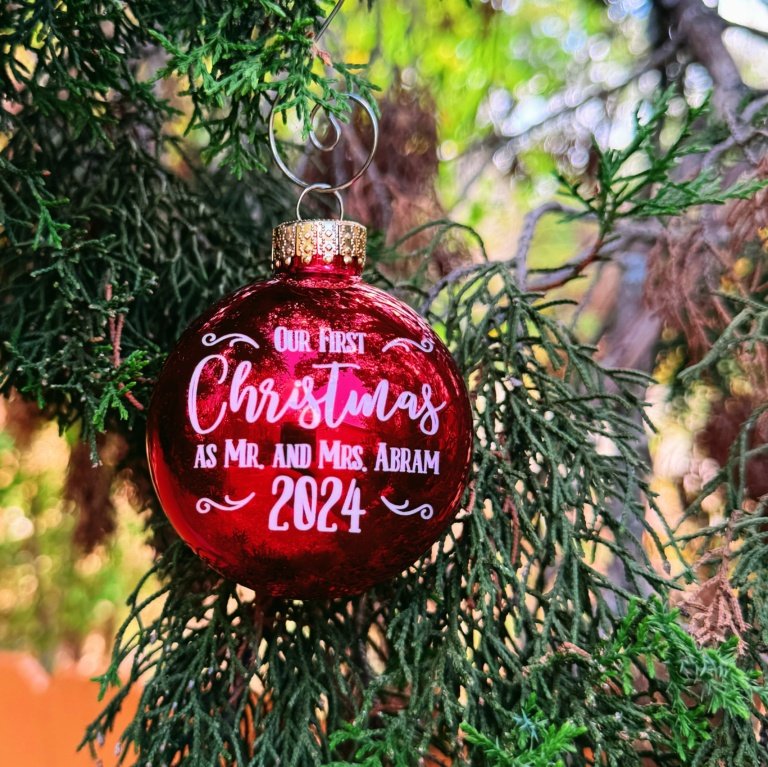
 2. Personalized Mug or Tumbler
2. Personalized Mug or Tumbler
A custom mug makes a small but meaningful gift. Apply vinyl decals with a name, monogram, or short holiday quote.
Pro tip: Use permanent adhesive vinyl for mugs, or mirror your design if you’re applying heat-transfer vinyl (HTV) to tumblers. Pair the finished mug with cocoa packets or tea for an easy, cozy bundle.

 3. Engraved Keychains or Tags
3. Engraved Keychains or Tags
Small projects can have a big impact! Cut or engrave keychains from acrylic or wood and personalize them with a monogram, pet name, or favorite word. If you have a laser – these are really simple, but even if you don’t they aren’t too hard. You can buy keychain blanks at your local craft store, and then simply add a custom vinyl name.
They’re perfect stocking stuffers or teacher gifts — especially when tied with a bow or added to a wrapped package.
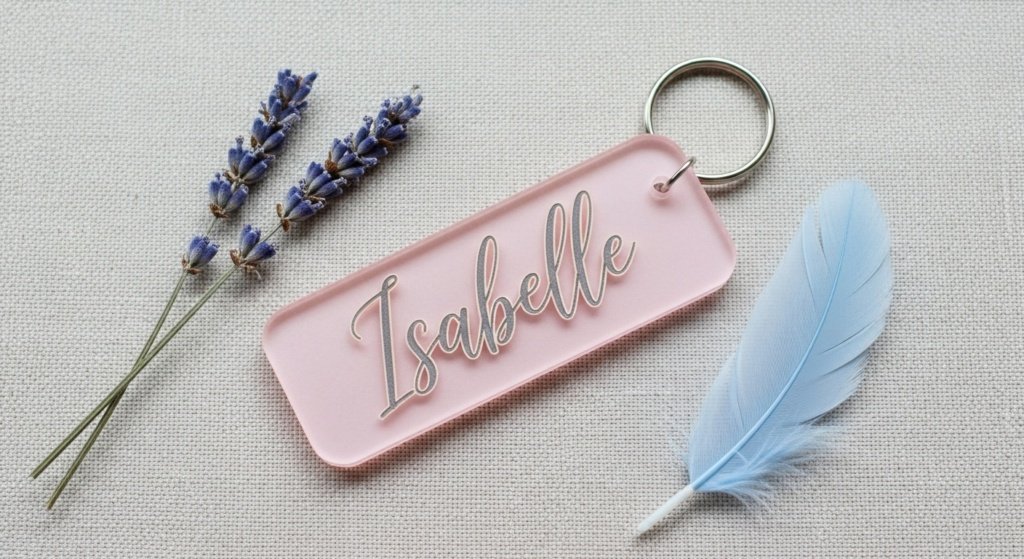
 4. Custom Recipe Board or Coaster Set
4. Custom Recipe Board or Coaster Set
For sentimental gifts, engraved recipe boards are unbeatable. Scan a handwritten family recipe and convert it into an SVG (I’ll share how in an upcoming post!), then engrave it onto bamboo, slate, or acrylic.
The result is a heartfelt keepsake that brings family memories into the kitchen.
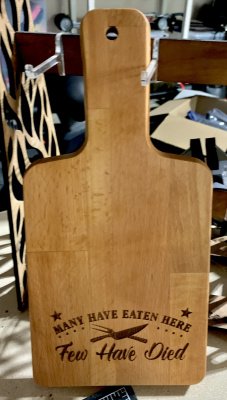
 5. Holiday Home Decor Signs
5. Holiday Home Decor Signs
Signs are a fun way to decorate and personalize someone’s home. Try one of these ideas:
“Joy to the World” or “Our First Christmas” wording
Layered nativity or snowflake SVG
Farmhouse-style wooden plaque with laser-cut lettering
For an extra touch, add LED backlighting behind the top layer for a soft, festive glow.
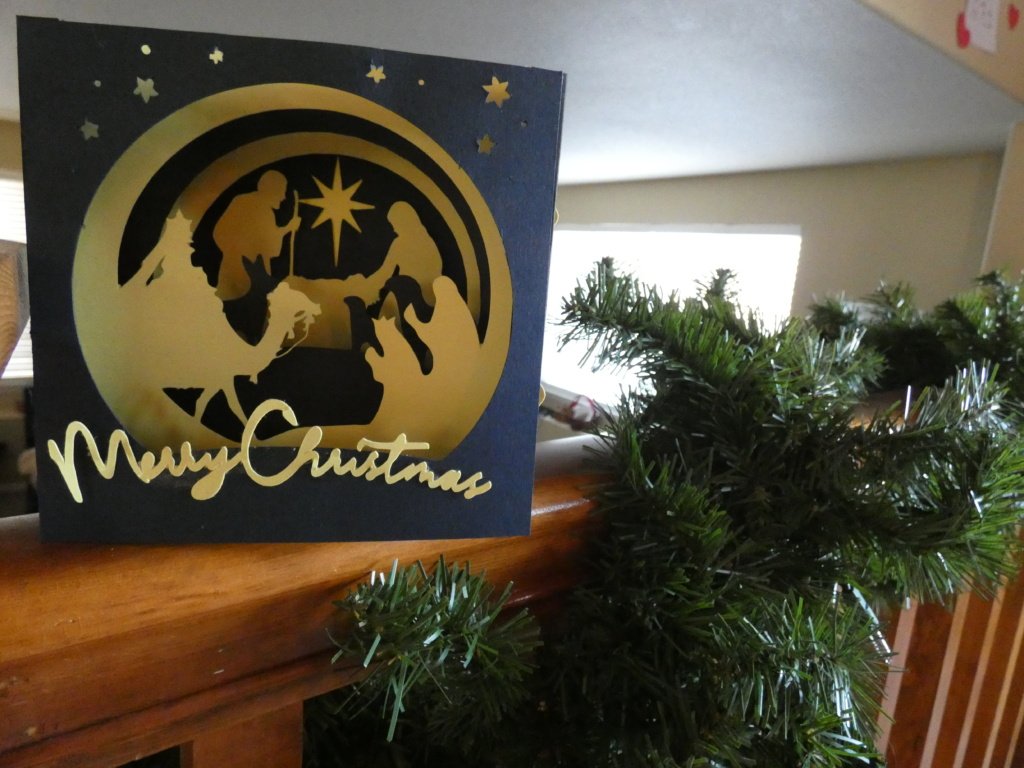
 Wrapping Up
Wrapping Up
I hope these ideas spark your creativity this holiday season! Handmade gifts are my favorite way to share love and creativity — and there’s still plenty of time to make something meaningful.
I’ll be sharing new SVGs, tutorials, and laser projects here each month, so if you haven’t already, subscribe below to get updates (and free SVG files!) delivered straight to your inbox.
If you make one of these projects, I’d love to see it! Tag me on social media or leave a comment with your favorite personalized gift ideas.
Happy crafting, and Merry Christmas from Kabram Krafts
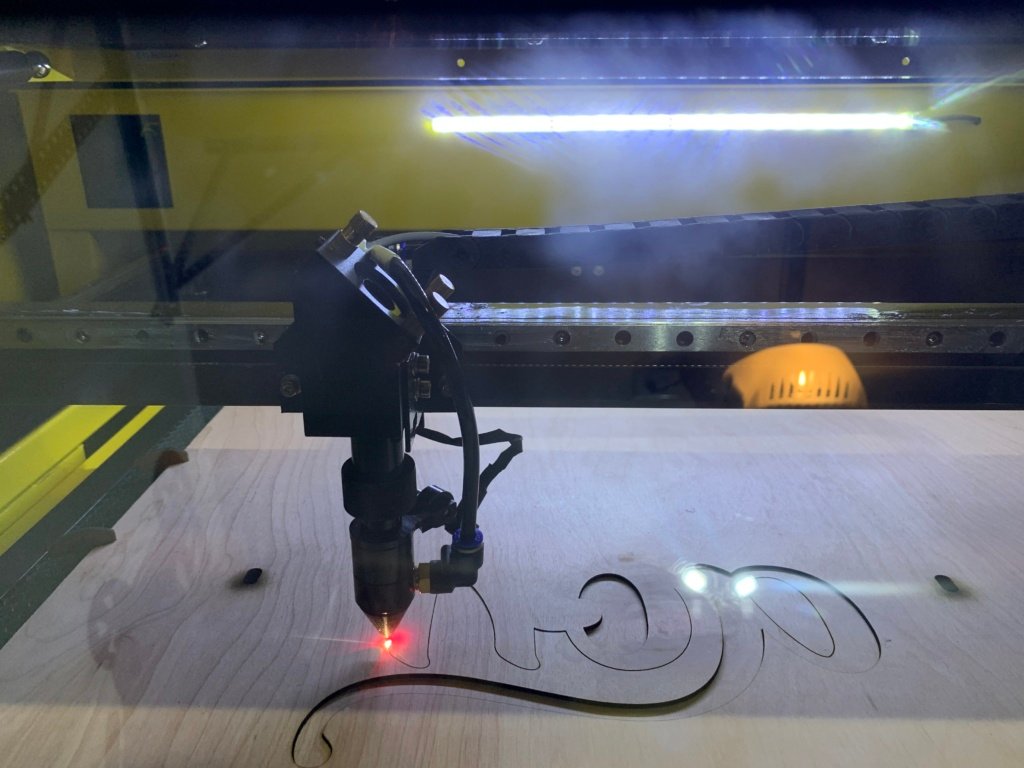
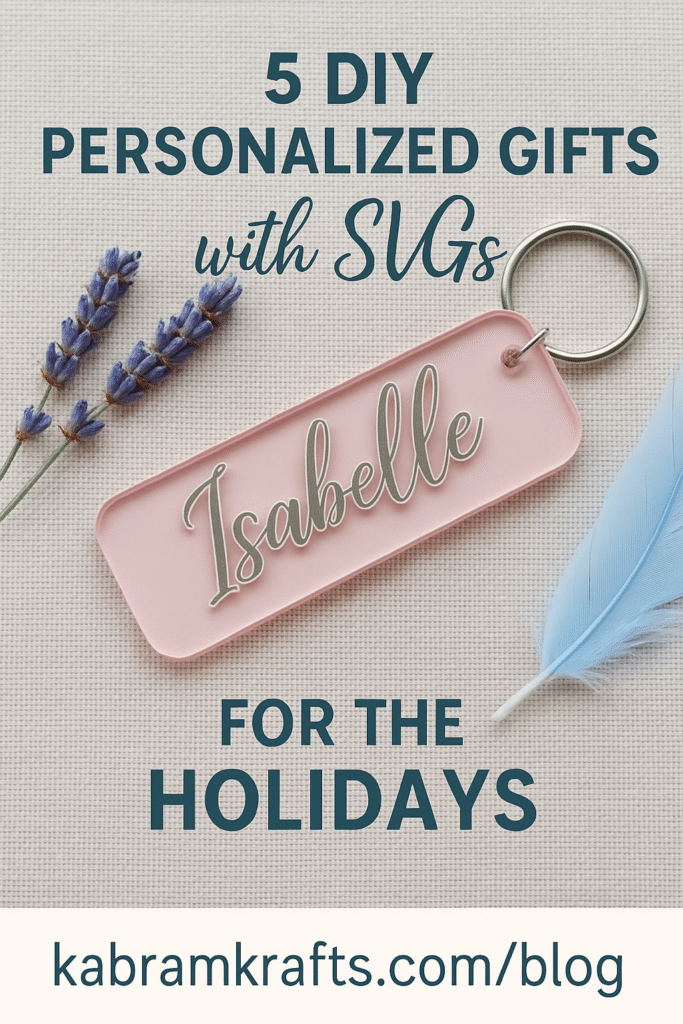

- Click to share on Pinterest (Opens in new window) Pinterest
- Click to share on Facebook (Opens in new window) Facebook
- Click to share on Tumblr (Opens in new window) Tumblr
- Click to share on X (Opens in new window) X
- Click to print (Opens in new window) Print
- Click to email a link to a friend (Opens in new window) Email


